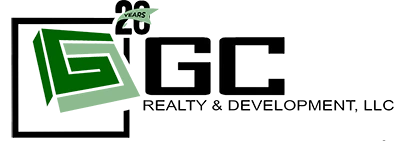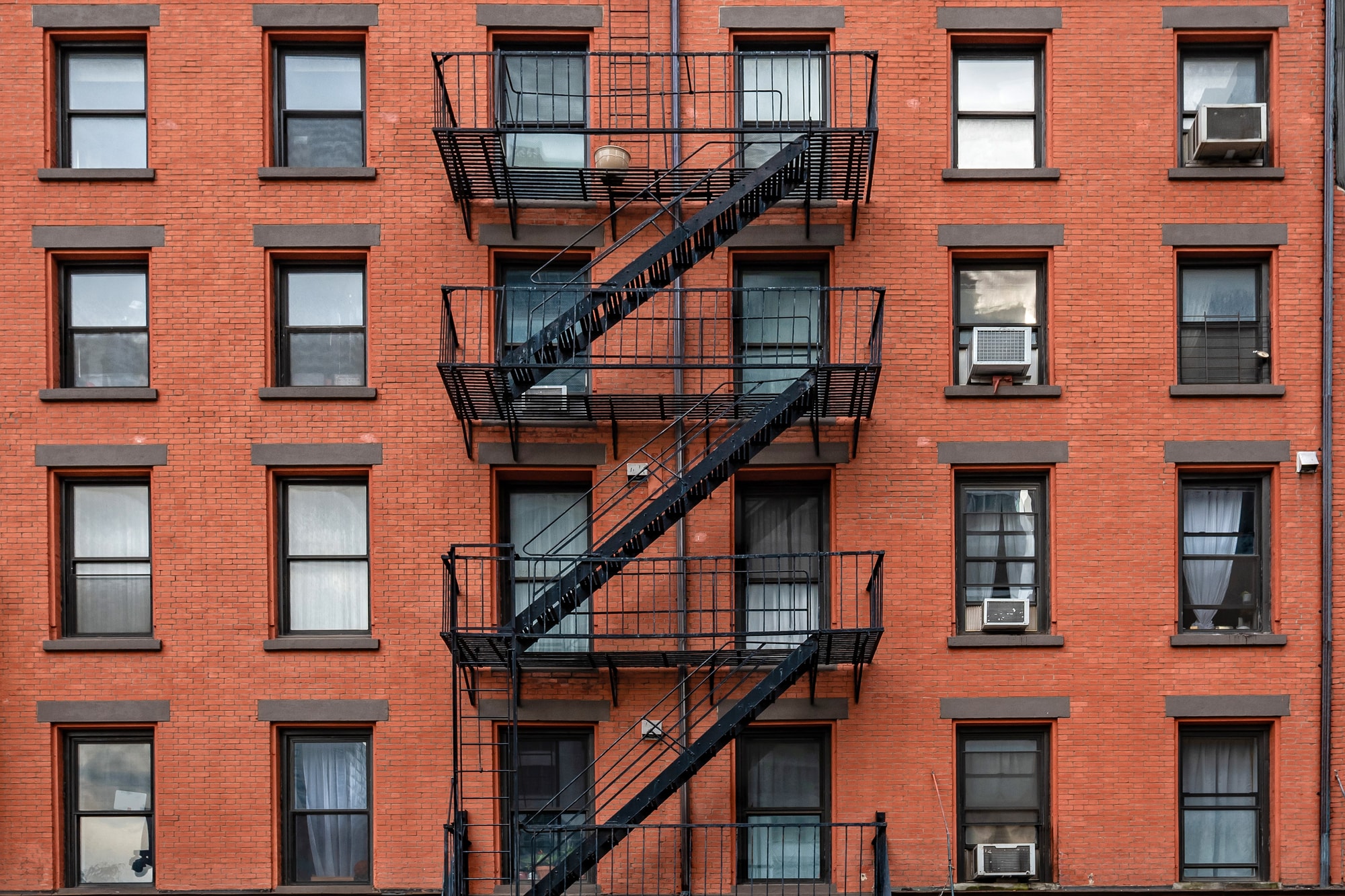
Author: Mark Ainely | Partner GC Realty & Development & Co-Host Straight Up Chicago Investor Podcast
What is the goal of the Housing Choice Voucher?
The goal of the Housing Choice Voucher (HCV) program is to provide “decent, safe, and sanitary” housing at an affordable cost for low-income families. The Housing Quality Standards, or HQS, help local Public Housing Authorities accomplish that goal by defining “standard housing” and establishing the minimum quality standards necessary for the health and safety of program participants.
Cooling or heating systems missing, improper ventilation, and damaged or misaligned chimneys, are just a few common HQS deficiencies found on the thousands of inspections that get completed each year by the local section 8 housing authorities.
What does the HCV require?
Once a voucher holder finds a unit that they wish to occupy and has come to an agreement with the landlord over lease terms, the Housing Authority must inspect the dwelling and determine if the rent requested is reasonable. From then on, the Housing Authority will inspect the subsidized unit annually to determine that it meets HQS.
The HQS inspection protocol includes both Performance Requirements (Overall Standards) and Acceptability Criteria (definitions of those standards). While the overall Performance Requirements are rather low, the Acceptability Criteria are not.
Keep in mind that ANY fail deficiency will fail the entire HSQ inspection, which leads to many units failing initial and annual HQS inspection.
We have compiled a list of the Top Ten most common HQS fail items to give you an idea of items to watch out for.
Improperly wired electrical outlets: Reverse polarity, open ground, hot neutral reverse, etc.
Deteriorated and unstable paint on surfaces: Peeling, cracking, chipping, etc., in units built prior to 1978 where pregnant women or children under the age of six reside or will reside
Smoke Detectors: Missing, inoperable or incorrectly mounted smoke and carbon monoxide detectors (must be hardwired)
Broken or inoperable windows: Cracked glass panes, broken locks, drafty frames, unable to open, etc.
Missing/broken handrails and/or stairs: Interior and exterior included
Exposed electrical wires/connections: Light fixtures missing globes, electrical junction boxes missing cover plates or knockout plugs, breaker boxes with open sockets, etc.
Broken/faulty door locks and drafty doors: Broken frames/slabs
Cutting hazards: May include protruding sharp nails, pipes/metals objects with jagged edges, deteriorated sheet metal, cracked glass blocks on windows, etc.
Infestation by pests: And/or evidence of pests such as mice, rats, fleas, bedbugs, etc.
Holes and large gaps: On walls/ceilings/floors of living space areas (more than a quarter inch), including holes around heating system flue pipes and gas utility not in service
As you may notice, many of these deficiencies pass the Performance requirements, but fail the Acceptability Criteria. In other words, HQS standards are quite basic, but every part that contributes to meeting the standards must operate properly.
It is important to clarify that these items are in no particular order and do not represent the complete list of items included in the inspection.
Related: Chicago Housing Authority (CHA) for Section 8 Tenants
Download your FREE copy of: What They Don't Tell You About Real Estate Investing
See our available Turnkey Cash-Flow Rental Properties
Please give us a RATING & REVIEW (Thank you!)
Want extra Hacks & Tricks? Follow us on Facebook & Youtube!
Looking for a breakthrough in your career? Join Our Team!
SUBSCRIBE on to our podcast on iTunes | Spotify | Stitcher | TuneIn Radio

 Vendor Portal
Vendor Portal

